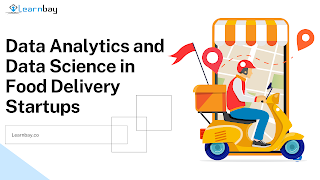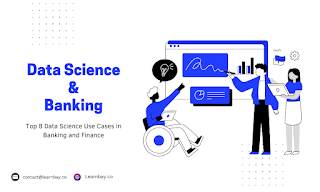9 Must-Know R Packages That Will Make You A Better Data Scientist
Data science is all about understanding the data and then harnessing it to figure out what we want. An incredibly powerful tool that can help you do just that is R (pronounced Ruby).
R is the most popular programming language for statistical computation, with around 6.5million active users. You may not know this, but all advanced packages in R are written in R, so they are all using R.
Top R Packages for Data Science
Finding the best R packages for data science can be daunting. There are a lot of different packages to select from, some of which are expensive. My goal here is to help you cut through all that noise by showing you the top 9 best packages I have used and talking about what makes them so great.
dplyr:
Dplyr is a package for manipulating dataframes. It includes functions to filter and group data by column, select from multiple columns at once, and perform calculations on groups of columns at once. You can also use dplyr to subset or merge multiple dataframes together.
dplyr is an R package that provides functions and operators for working with data frames. It includes:
- select - modify - transform - mutate - summarize - orderBy
ggplot2:
ggplot2 is one of the most popular visualization packages for R because it enables users to create beautiful plots using their existing knowledge of statistics and graphics programming languages (like Python). ggplot2 is a package for creating and modifying graphics interactively for the purpose of analysis. It has been developed as part of the "tidyr" project, which created a system for creating, managing, and editing tidying functions (functions that tidy data). It also includes a lot of other toolkits for making graphics like maps and bar charts easier to create using less code than ever before!
RStudio
RStudio is the most popular software for running R scripts in an interactive environment with live results. It's also available for all major platforms, including iOS and Android devices. The Studio interface makes it easy to create visualizations and collaborate with others. You can use it without being connected to the Internet, but if you want to share your work with others, then it's essential!
RStudio comes with many features, including:
Running R scripts locally or remotely using SSH/SFTP/FTP/SFTP2 connections
Connecting to remote servers using SSH or SFTP connections
Remote debugging of code using gdb or LLDB.
plyr
This package provides many functions that make working with data simpler and more intuitive than ever before! It allows users to quickly manipulate large datasets without having to write code every time they want something done differently or better than what's available through other tools. plyr is a collection of functions that work with data frames. It includes:
- count – sum – mean – varSamp – cor() – rev() – overlap() – ntile() – rbind() - group_by() - summarize()
For detailed information on R packages, head to the data analytics course in Bangalore, and practice them in projects.
tibble
Tibble is another way of storing data in R, and it facilitates doing some complex analysis on the dataset by allowing you to nest them together or combine them with other datasets as long as they are stored in R memory space instead of disk space or file system space on disc/volume or network.
Plotly:
Plotly is a free and open-source graphical library for creating data visualizations. It is an R package that builds on the Plotly JavaScript library (plotly.js) to develop web-based data visualizations which can be presented in Jupyter notebooks or web apps using Dash or saved as individual HTML files. Plotly offers over 40 different chart types, including scatter plots, histograms, line charts, bar charts etc. Plotly also includes contour plots, which are unusual in other data visualization libraries. Aside from that, Plotly can be used without an internet connection.
Shiny:
Shiny is a web app that enables you to embed visual representations such as graphs, plots, and charts. These interfaces are written entirely in R and include a customizable slider widget with built-in animation support. Shiny is essentially a combination of R and the modern web. Shiny also makes it simple to create web applications without involving any special web development skills. In addition, you can enhance the functionality of your shiny applications by including HTML widgets, CSS themes, JavaScript actions, and so on.
Caret
Caret is an abbreviation for Classification and Regression Training for predictive modeling. You can model complex regression and classification problems with this function. CaretEnsemble is an important caret extension that is used to combine different models.
XGBoost
XGBoost is a gradient-boosting framework application. It also provides an interface for R, which includes the model from R's caret package. Its speed and performance are superior to those of H20, Spark, and Python functionalities. The primary application of this package is for machine learning tasks such as classification, ranking problems, and regression.
Final Words!
To sum it up, R is an incredibly powerful tool you can use to analyze data, and there are many R packages you can use to do this. In this post, we have looked at various top R packages that are important for data scientists to utilize. Now it's up to you to decide which packages you want to master and how you will go about doing so. Either way, these packages are important for any data scientist worth their salt. And if you want to keep up with the latest R packages, check out the Learnbay’s data science course in Bangalore, and master them for your data science projects.


.png)

Comments
Post a Comment